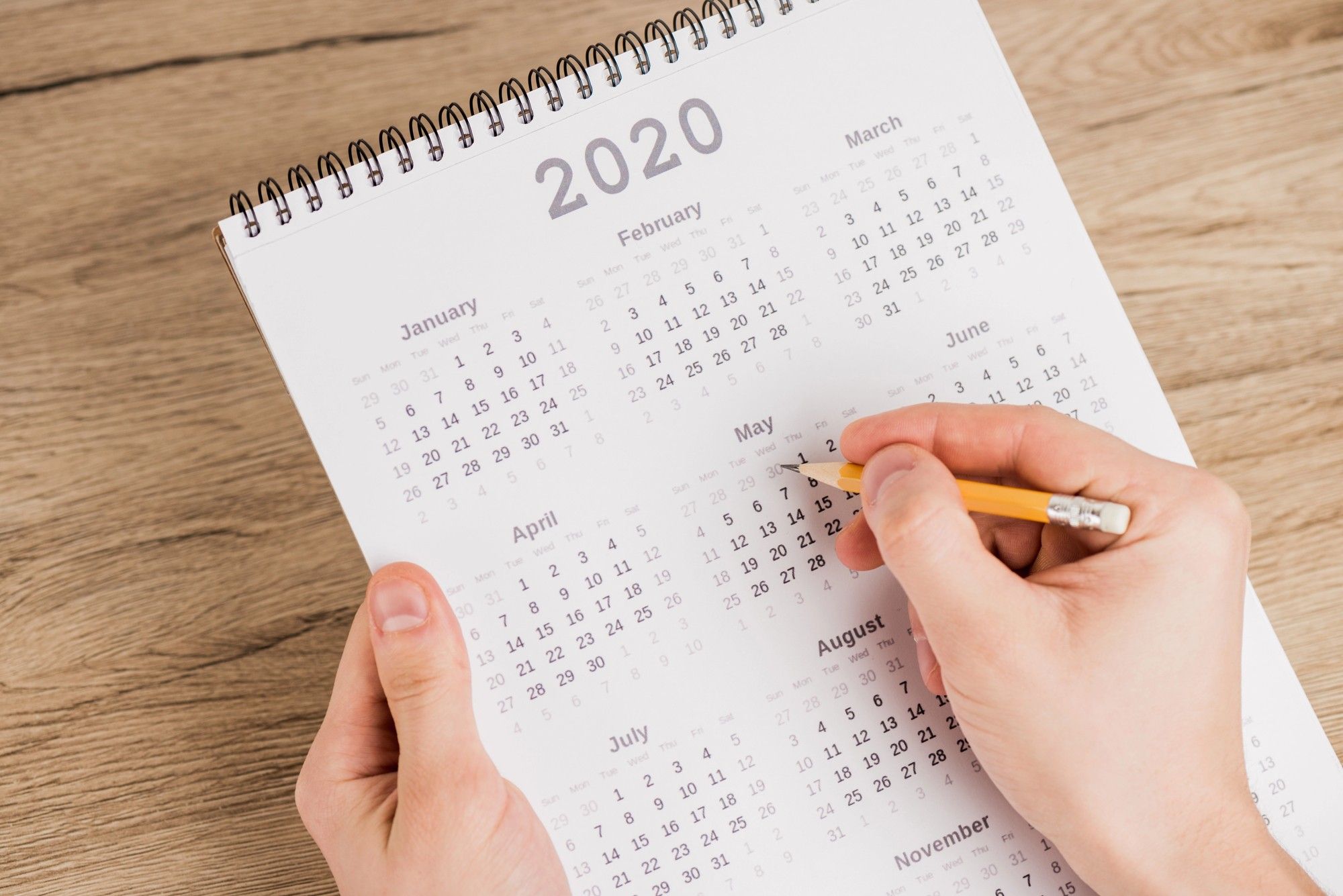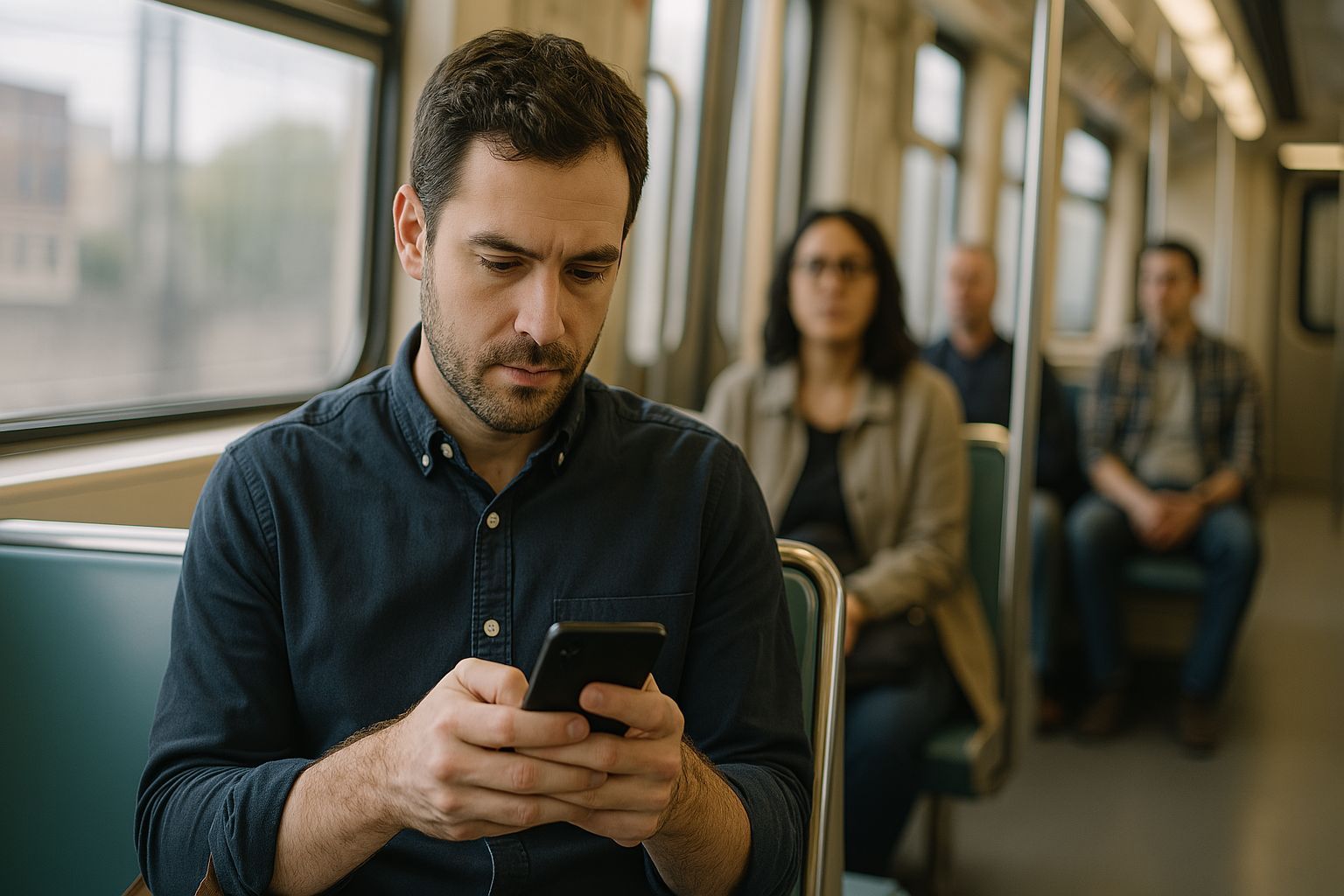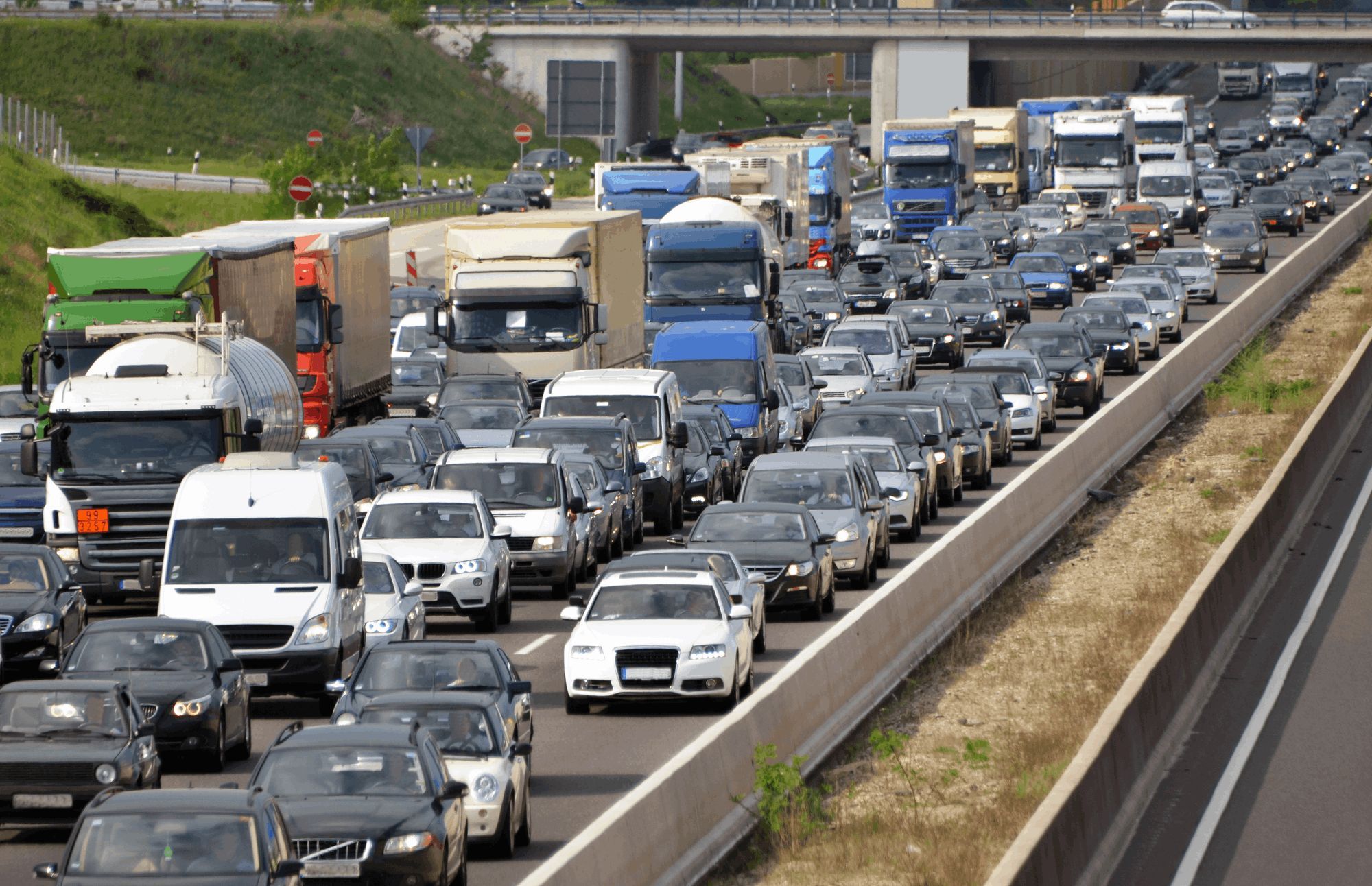Contents
the email tool that makes email marketing simple
The Best Day and Time to Send an Email Campaign
Published: April 13, 2025
Timing Can Make or Break Your Email Marketing
Did you know the best time to send an email might be around 8 PM, when open rates can nearly double compared to the busy mid-morning rush? Or that a short Sunday morning message—when most businesses are silent—can catch your readers’ attention as they relax with their coffee?
As a small business owner, your time is precious, and you can’t afford to have your emails lost in crowded inboxes. You need straightforward, actionable advice—not complicated strategies or generic tips that everyone else follows.
That's exactly what you'll get here. This article is packed with fresh data from 2025, plus practical insights you can use right away—regardless of your industry or audience size. You’ll learn how to determine the best days and moments to reach your customers, and why sometimes breaking the rules—like sending emails late at night or early on weekends—could be your smartest move yet.
Ready to make every email count? Let’s get started.
Quick-Reference Guide for Best Send Times
Finding the perfect time to send your emails doesn't have to be guesswork. While every audience is different, industry benchmarks give you a great starting point. We've gathered fresh data from recent studies to help you easily spot the most promising days and hours.
These suggestions are proven shortcuts. They're definitely better than choosing a random send time, but they're far from perfect. Use them as your starting point, see how your audience responds, and refine your timing from there.
Here are the best time slots to send emails to different audiences on your email list:
Business-to-Business (B2B) Emails
Business contacts usually stick to predictable schedules. Reach them when they're at their desks, focused and active:
-
Tuesday to Thursday, between 9–11 AM
Catch decision-makers as they start their workday. -
Tuesday to Thursday, around 1–2 PM
Grab their attention right after lunch, before afternoon meetings fill their calendars.
Business-to-Consumer (B2C) Emails
Consumers have varied routines, but several times consistently perform well for engagement and can help you find the optimal send day:
-
Tuesday and Thursday mornings, around 10 AM
Midweek mornings often mean higher open rates—your readers are alert and receptive. -
Friday mornings
Fridays can boost sales as consumers plan their weekends and feel ready to shop. -
Evenings, around 8 PM
Emails sent around 8 PM often get nearly twice the opens compared to crowded mid-morning inboxes because people relax and check personal emails after dinner. -
Sunday mornings (8–10 AM)
Sunday mornings can stand out since fewer businesses send emails then, giving your messages a chance to shine.
Emails to Nonprofits
For charities and nonprofits, timing can strongly affect whether supporters engage:
- Tuesday or Thursday afternoons (3–4 PM)
Midweek afternoons catch people when they have a brief moment to pause, check their email, and then reflect and consider supporting your cause.
Sending to International Audiences?
If your subscribers are spread across different regions, consider sending your emails in multiple waves by major time zones. Instead of one global blast, schedule separate sends at the optimal time for each area’s local habits.
For example:
-
North America: Schedule for early to mid-morning (around 6–10 AM).
-
Europe: Aim for late morning (10 AM–12 PM) or early evening (5–7 PM).
-
Asia-Pacific: Stick to standard work hours (9 AM–6 PM) or experiment with the late-night spike around 11 PM.
Splitting your marketing campaign into local time waves takes a bit more planning, but it ensures your emails arrive when subscribers are most likely to engage—at the best time of day for their specific region. This personalized approach increases your emails' relevance and impact, no matter where your audience lives.
Read More The best time to send email newsletters in 2025 (MailerLite)
Match Your Email Timing to Your Website Traffic
If you know when most people visit your website or app, try aligning your email timing with these peak traffic moments. When your audience is already online, they're likely ready to engage immediately.
Why Benchmarks Aren’t Rules
These industry benchmarks reflect average results from thousands of businesses. Your subscribers might behave differently. Maybe they prefer to read emails at night, or perhaps weekends are when they finally have a quiet moment to check their inboxes.
Think of these benchmarks as your starting point—a handy reference, not strict rules. Your best results will always come from observing your audience's actual behavior and adjusting your send times accordingly as part of your digital marketing strategy.
Next, let's look at specific factors—like time zones, device usage, and subscriber lifestyles—that help you pinpoint even better timing for your emails.
What to Look For When Choosing the Best Time
Time Zones
We want to reiterate this one as it's easy to overlook but super important. If your list includes people across different countries—or even different parts of the same country—you’ll need to adjust your sending time accordingly. Sending at 10 AM might be perfect for New York, but if half your audience is in London, they’ll see your email hours too late.
If your email tool allows it, try scheduling based on the recipient’s local time. If not, prioritize the time zone where most of your audience is located.
Business or Personal?
Are you emailing someone at work or reaching them at home? Match the email to their routine
- B2B subscribers usually check emails during office hours—especially early in the day, right after they sit down at their desks.
- B2C audiences behave very differently. They might be busy during the day, but check emails in the evening while relaxing or on weekend mornings with a coffee in hand.
Understanding the type of relationship you have with your subscribers will help you determine the best time to send your emails for maximum engagement.
Device Type
Think about where and how people read your emails. Do they use a desktop or a mobile?
If most of your audience opens emails on their phones, evenings and weekends might work better—times when people are away from their desks but glued to their screens. If they’re mostly using desktop, stick with working hours.
A quick look at your past email stats can tell you what devices people are using and help you optimize your email send times accordingly.
Life Stage and Lifestyle
Now, let’s go a bit deeper. Your audience's lifestyle has a big impact on when they check their inbox.
- Young professionals might check emails on their commute or during lunch.
- Parents might have a narrow window of quiet time after putting the kids to bed.
- Retired subscribers may check their inbox leisurely throughout the day.
There’s no single pattern here, but if you understand your audience’s rhythm, you’ll find the best time to send your emails almost naturally.
Habits and Behavior
Pay attention to how people have interacted with your emails in the past. Do certain subscribers consistently open emails on weekends? Are there people who tend to click through at night? Your past campaigns are full of clues.
If you have enough data, you could even create small segments—for example, “evening readers” or “Sunday clickers”—and send tailored messages just for them.
Want to Go Deeper? Here’s What Else You Could Consider
Once you’ve nailed the basics, you might be curious to dig into other factors that shape when someone is most likely to engage. You don’t need to go overboard, but thinking through a few of these may spark ideas:
Age and Work Schedules
Is your audience made up of students, working professionals, or retirees?
Each group follows a different daily rhythm.
Students might check emails between classes or late at night, while working professionals are more likely to engage during commutes or lunch breaks. Retirees, on the other hand, often browse throughout the day at a relaxed pace, giving you more flexibility with send times.
Buying and Browsing Habits
Do people shop late at night or during their lunch break?
Understanding when your audience is most likely to browse or purchase can shape your email timing strategy. If they tend to buy impulsively during work breaks or after dinner, aligning your emails with those windows can increase your chances of converting attention into action.
Geographic Quirks
Local holidays, weather, or even cultural routines can affect engagement. A rainy afternoon might mean more time spent indoors and online, while a regional festival could mean your email gets buried. Pay attention to local patterns and adjust your timing to align with what's happening in your audience's daily lives and surroundings.
Your Past Email Performance
The best clues are often in your own data. Look at open and click times from previous campaigns to spot trends.
Again, you don’t have to use everything. Just pick one or two ideas, test them, and see what happens. Over time, you’ll figure out exactly what works for your audience—and make each email count just a little bit more.
Finding the Best Sending Times
Choosing the right time to send your emails can significantly boost your open rates, click-throughs, and conversions. But how exactly do you discover the right times for your specific subscribers?
Start with Industry Standards
Begin by testing popular industry benchmarks, such as midweek mornings (e.g., Tuesday at 10 AM). These proven starting points are backed by research from thousands of companies—far better than choosing a random time. For example, Mailchimp reports that Tuesday and Thursday mornings consistently deliver higher open rates across millions of campaigns, making them reliable launch points for any marketing strategy while Maildroppa has found that emails sent on Tuesday mornings often outperform other days in open and click rates, making it a smart first test for any marketing campaign.
Refine Based on Your Audience's Characteristics
Next, consider the unique characteristics of your subscribers. If your audience spans multiple time zones, you might need to send emails at local morning times. If most subscribers are business-oriented, weekday mornings often perform better. Understanding your audience's daily routines helps you identify promising time slots to send your emails and refine your strategy.
Practically Test Your Send Time
Suppose you usually send your newsletter every Tuesday at 10 AM, but you’re curious if Monday at 10 AM might perform even better. There are two main ways to test this:
Method 1: Parallel Testing (Splitting Your List)
If your subscriber list is large enough—typically several thousand subscribers—you can split your audience into two segments and run parallel tests. Both groups receive the same email content and subject line but at different times—one group on Monday at 10 AM and the other on Tuesday at 10 AM. Because the content is identical, differences in engagement reflect subscriber preferences regarding timing.
Method 2: Sequential Testing (Testing Over Time)
If your subscriber list is smaller (fewer than several thousand subscribers), splitting your list may not provide reliable results. In that case, test your send times sequentially over multiple email campaigns. For example, send this month's email on Monday at 10 AM and next month's email on Sunday at 5 PM.
Sequential testing does have limitations—differences in engagement could come from content rather than timing. To reduce uncertainty, repeat this type of test at least three to five times. If the new time consistently delivers higher engagement, you can confidently attribute the improvement to timing.
Sequential testing isn't perfect, but it's still valuable and definitely better than no testing at all.
Evaluate, Refine, and Double Down
After each round of testing, analyze your results carefully. Identify send times that consistently generate higher open rates, clicks, or conversions. Focus future emails around these proven slots and confidently remove underperforming times from consideration.
Continuously Test and Adapt
Subscriber habits aren’t static—they shift due to seasons, trends, or evolving routines. Keep testing regularly, even after finding initially strong-performing times. By continually analyzing and adjusting your approach, you stay responsive to your audience’s changing preferences, ensuring ongoing success with your email marketing.
Finding your best sending times isn't a one-time event—it's a continuous cycle of careful observation, thoughtful testing, and smart adaptation.
Common Mistakes and Tips for Improvement
When it comes to improving your email send times, it’s just as important to know what not to do. Here are some of the most common mistakes—and how to avoid them.
Sending at Overcrowded Intervals
Avoid scheduling your emails to go out exactly at the top of the hour or at 15, 30, or 45 minutes past the hour. Many marketers default to these times simply because they’re easy to remember, creating a surge of sends all at once.
That surge can overwhelm email providers, causing your messages to be delayed or even deferred. Instead, try sending your 11 AM email at 10:55 (or any slight offset) to help ensure your email arrives smoothly—and keep track of whether your opens and deliverability improve.
Relying Too Much on General Rules
Many businesses assume there’s one best time to send emails and stick to that blindly. However, general benchmarks are just starting points. Your audience might behave differently depending on where they live, what they do, or how they spend their day. Always test and adjust based on your own results—your list will tell you what works best. Sometimes, you may need to determine the best send time to optimize your strategy.
Expecting Timing to Fix Weak Content
No matter how perfect your timing is, a poorly written email won’t perform well. If your subject line doesn’t spark interest, or your message isn’t relevant, people won’t open or click—no matter when you send it. Timing matters, but only when your content, like promotional emails, is worth opening. For help with that, check out our article on how to write the best email subject lines.
Testing Too Many Things at Once
If you change the send time, the subject line, and the content all at once, you won’t know which change made the difference. The more variables you change in a single test, the less useful your results become. Try to keep everything else the same and test just one timing variable—like morning vs. afternoon or Monday vs. Tuesday.
As mentioned earlier, smaller lists may not allow for segmented tests. In that case, you’ll have to test different time sending strategies across separate campaigns—even if the content isn’t identical. Just make sure to repeat the test over several emails to spot real patterns before making changes.
Conclusion
Mastering email timing is both an art and an ongoing experiment, and there’s no one-size-fits-all schedule that works for every list. Start with proven industry standards—like midweek mornings—but don’t be afraid to test other possibilities. If your numbers reveal that Monday morning or Sunday evening outperforms common advice, trust your data over conventional wisdom.
As your subscribers’ habits shift with seasons, trends, or personal schedules, so should your send times. Make a habit of running a simple test each month—try one new day or time slot and compare the results to your baseline. Keep what works best, discard what doesn’t, and watch your engagement grow. By staying flexible, data-driven, and ready to adapt, you’ll see higher open rates, stronger click-throughs, and happier, more loyal subscribers.





